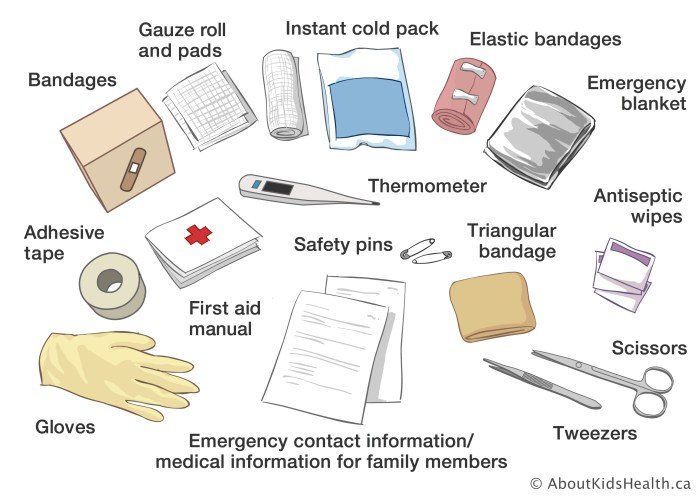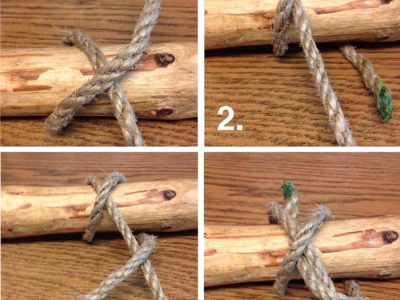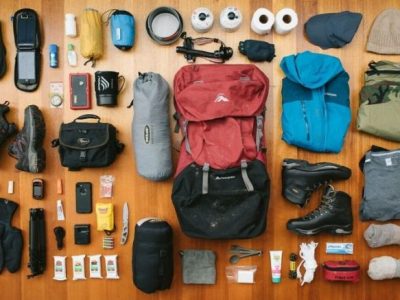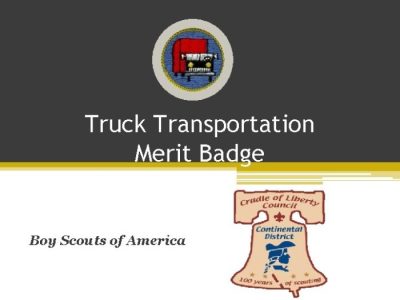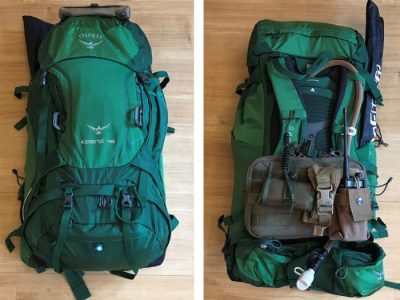Embark on an unforgettable camping adventure with the Camping Merit Badge Checklist, your comprehensive guide to ensuring a safe, comfortable, and enjoyable wilderness experience. From essential gear and campsite selection to campfire safety and emergency preparedness, this checklist empowers you with the knowledge and tools to conquer the great outdoors with confidence.
Camping Equipment
Camping requires meticulous preparation to ensure a comfortable and safe experience in the wilderness. The necessary equipment can be categorized into shelter, sleeping gear, cooking supplies, and essential tools.
A checklist of essential items is crucial for a successful camping trip. It ensures you have everything you need to stay warm, dry, and well-nourished while enjoying the great outdoors.
Shelter
A tent is the primary shelter for campers, providing protection from rain, wind, and insects. Choose a tent that accommodates the number of people in your group and offers adequate ventilation. A ground tarp is also essential to protect the tent floor from moisture and dirt.
| Equipment Category | Item | Quantity | Notes |
|---|---|---|---|
| Shelter | Tent | 1 | Accommodates the group size and offers ventilation |
| Shelter | Ground Tarp | 1 | Protects the tent floor from moisture and dirt |
Campsite Selection: Camping Merit Badge Checklist
Choosing the right campsite is crucial for a successful camping experience. Factors to consider include location, terrain, water availability, and safety.
Types of Campsites
There are various types of campsites available:
- Primitive Campsites:No amenities or designated areas, providing a secluded and rustic experience.
- Developed Campsites:Offer amenities like picnic tables, fire rings, and running water.
- RV Hookup Campsites:Provide electrical, water, and sewer connections for recreational vehicles.
Campsite Selection Flowchart
To help campers determine the best campsite for their needs, consider using the following flowchart:
- Step 1: Determine the desired level of comfort and amenities.
- Step 2: Consider the size and type of camping equipment.
- Step 3: Evaluate the availability of water sources and firewood.
- Step 4: Assess the terrain and potential hazards, such as slopes or proximity to water bodies.
- Step 5: Check for campsite availability and make reservations if necessary.
Campfire Safety
Campfires are a great way to enjoy the outdoors, but they can also be dangerous if not handled properly. By following a few simple safety rules, you can help ensure that your campfire experience is a safe and enjoyable one.
The first step to campfire safety is to choose a safe location. The campfire should be built in a clear area, away from trees, brush, and other flammable materials. The area should also be level and free of debris.
Once you have chosen a safe location, you can begin building your campfire. Start by gathering some dry firewood. Avoid using green or wet wood, as this will produce more smoke and sparks.
To build the campfire, start by creating a small teepee-shaped structure with your firewood. Leave a small opening at the bottom of the teepee to allow air to circulate.
Once you have built the teepee, light a match or lighter and touch it to the bottom of the teepee. Allow the fire to burn for a few minutes until it is well established.
Once the fire is burning well, you can add more wood to keep it going. Be sure to add wood slowly and carefully, as adding too much wood at once can cause the fire to flare up.
When you are finished with your campfire, be sure to extinguish it completely. The best way to do this is to pour water on the fire and stir it until it is completely out. You can also use a shovel to smother the fire.
Campfire Safety Checklist
- Choose a safe location for your campfire.
- Gather dry firewood.
- Build a small teepee-shaped structure with your firewood.
- Light a match or lighter and touch it to the bottom of the teepee.
- Allow the fire to burn for a few minutes until it is well established.
- Add more wood to the fire slowly and carefully.
- When you are finished with your campfire, be sure to extinguish it completely.
Common Campfire Hazards and How to Avoid Them
- Unattended campfires:Never leave a campfire unattended. Even a small campfire can quickly spread out of control if left alone.
- Improperly built campfires:Campfires should be built in a safe location and with dry firewood. Avoid using green or wet wood, as this will produce more smoke and sparks.
- Overcrowding:Do not overcrowd your campfire. Keep a safe distance between the fire and any flammable materials.
- Cooking over an open fire:Never cook over an open fire. This is a dangerous practice that can easily lead to a grease fire.
- Using gasoline or other flammable liquids to start a fire:Never use gasoline or other flammable liquids to start a fire. These liquids are extremely dangerous and can cause a serious explosion.
Campsite Hygiene

Maintaining campsite hygiene is crucial for the health and safety of campers and the environment. Proper waste disposal, water treatment, and food storage are essential practices to prevent illness, preserve natural resources, and minimize environmental impact.
Leave No Trace Principles
Leave No Trace camping is a set of guidelines designed to minimize the environmental impact of camping activities. It promotes responsible camping practices that protect the wilderness and preserve it for future generations.
Hygiene Practices, Camping merit badge checklist
| Hygiene Practice | Importance | Methods | Tips |
|---|---|---|---|
| Waste Disposal | Prevents contamination and wildlife attraction | Carry out all trash and dispose of it properly | Use designated trash bins or pack out trash |
| Water Treatment | Protects against waterborne illnesses | Boil, filter, or chemically treat water before drinking | Carry enough water or have a water purification system |
| Food Storage | Prevents spoilage and wildlife encounters | Store food in airtight containers and hang it high | Use bear canisters in areas with bears |

